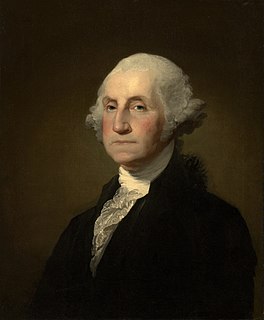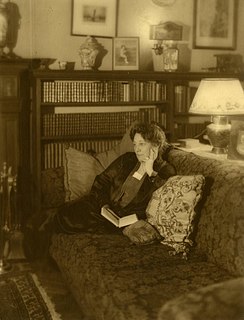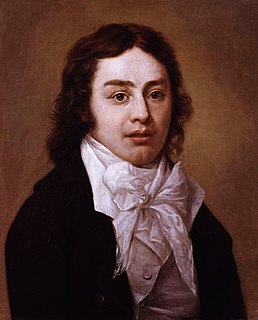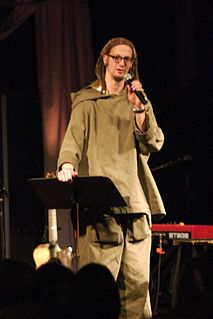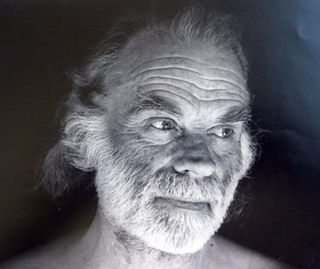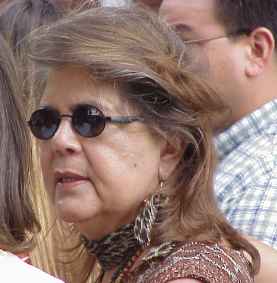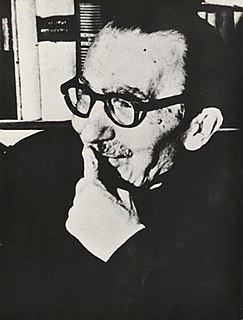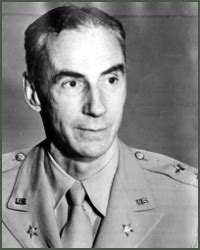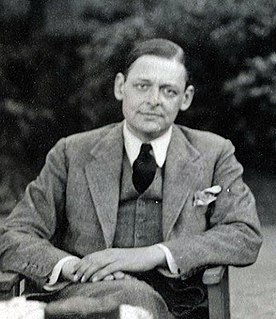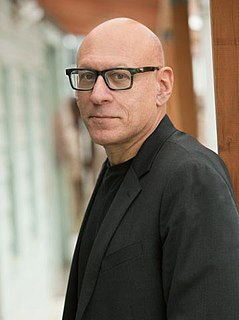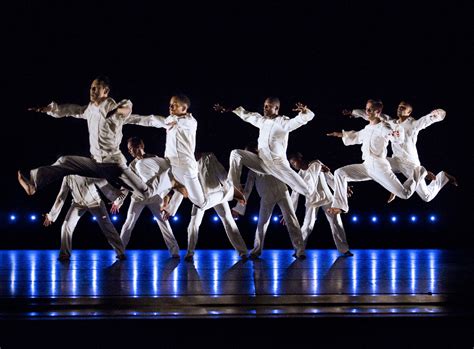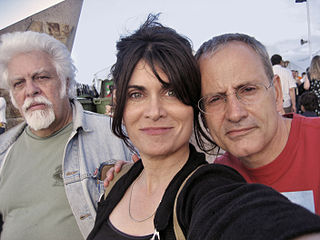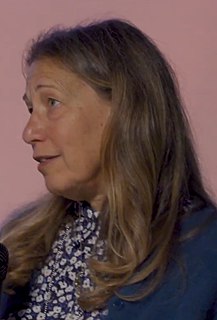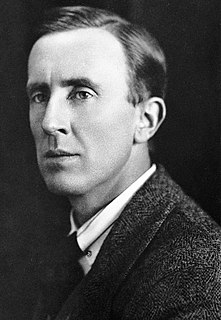A Quote by Samuel Johnson
New arts are long in the world before poets describe them; for they borrow everything from their predecessors, and commonly derive very little from nature or from life.
Related Quotes
Commercialism is the blemish on the fair face of American life. Fighting against the terrible conditions of the explorer and pioneer, our forefathers had little time to think of beauty. Hearts and heads became as hardened to the more gracious things of life as did their bodies against physical hardship. Little by little, as nature yielded before the dynamite of their wills, life began to express itself in the same hard terms, and the great commerce of a New World bent everything to its indomitable will.
It's easy to fall into the trap of assuming that a new technology is very similar to its predecessors. A new technology is often perceived as the linear extension of the previous one, and this leads us to believe the new technology will fill the same roles - just a little faster or a little smaller or a little lighter.
For even if the whole world believed in resurrection, little would change until we began to practice it. We can believe in CPR, but people will remain dead until someone breathes new life into them. And we can tell the world that there is life after death, but the world really seems to be wondering if there is life before death.
Though many non-Native Americans have learned very little about us, over time we have had to learn everything about them. We watch their films, read their literature, worship in their churches, and attend their schools. Every third-grade student in the United States is presented with the concept of Europeans discovering America as a "New World" with fertile soil, abundant gifts of nature, and glorious mountains and rivers. Only the most enlightened teachers will explain that this world certainly wasn't new to the millions of indigenous people who already lived here when Columbus arrived.
It is given to few to add the store of knowledge, to strike new springs of thought, or to shape new forms of beauty. But so sure as it is that men live not by bread, but by ideas, so sure is it that the future of the world lies in the hands of those who are able to carry the interpretation of nature a step further than their predecessors.
A character does seem to have a life of its own, but I have what I'd describe as a very fluid relationship with them - as I'm thinking of what they will be like, they shift in and out of focus - they are a projection of some idea inside of me, even if a character is inspired by an actual person, I'm well aware that it is not that person. My job is to identify the essence of the character, and to bring them to life long enough to commit the acts, say the words or simply "be" in a way that allows them to affect and be affected by other elements and events in the imaginary world of a story.
When you study art history, you learn that there is very little that is completely new, and in many ways digital art is no different. I love to derive inspiration from all types of images: mosaics, hieroglyphics, petroglyphs, woven patterns in textiles, and needlework. There is a lot of very good "pixel" design work before the 20th century, like a 1760 sampler by Elizabeth Laidman that looks like a bitmap font.

